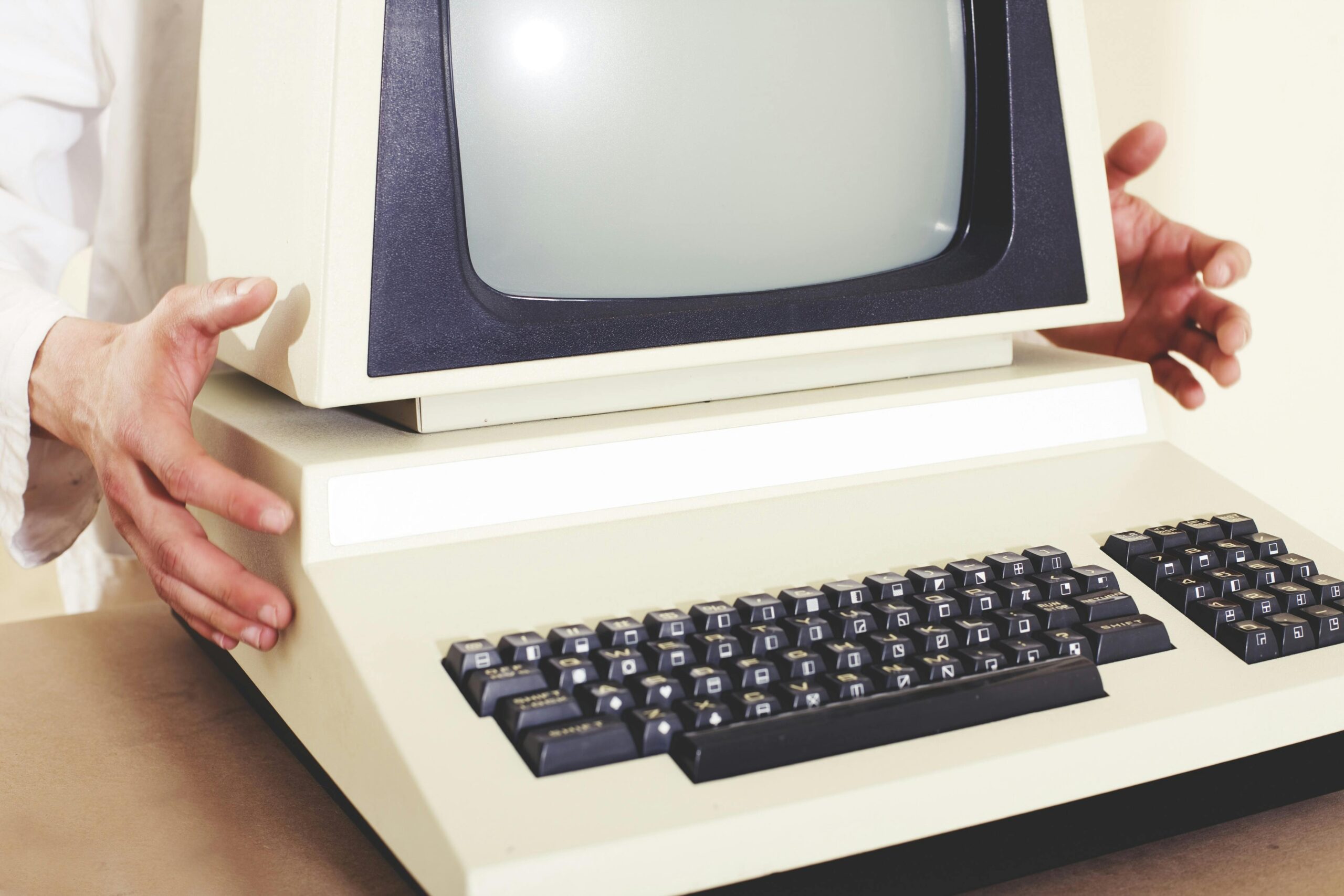Top Fixes Every Home Computer User Should Know Before Buying a New One
In today’s digital world, a slow or malfunctioning computer can be frustrating, leading many users to consider buying a new laptop or desktop. However, before you spend hundreds (or thousands) of dollars on an upgrade, there are several quick and effective fixes that can breathe new life into your current system. Let’s explore Top Fixes For Every Home Computer.
If you’re experiencing slow performance, crashes, or software issues, try these essential computer maintenance tips before making a purchase.
1. Remove Unnecessary Programs and Files
Over time, your computer accumulates junk files, unused software, and clutter that can slow down performance.
Uninstall unnecessary programs – Open “Control Panel” > “Programs and Features” to remove apps you no longer use.
Clear out temporary files – Use Disk Cleanup (Windows) or Finder Storage Manager (Mac) to delete old files.
Move large files to an external drive or cloud storage – Freeing up disk space can significantly improve speed.
2. Upgrade Your RAM (Memory)
If your computer is slow when multitasking or running multiple applications, adding more RAM can provide a huge performance boost.

- Windows: Press
Ctrl + Shift + Escto open Task Manager, then check Memory usage. - Mac: Open Activity Monitor from Spotlight and go to the “Memory” tab.

- Most laptops and desktops allow RAM expansion for better multitasking and faster performance.
- Upgrading from 4GB to 8GB or 16GB can significantly improve performance for daily tasks and gaming.
3. Switch to a Solid-State Drive (SSD)
One of the most noticeable speed improvements comes from upgrading to a Solid-State Drive (SSD) instead of using a traditional Hard Disk Drive (HDD).

- Boots Windows/macOS in seconds
- Speeds up file transfers & software loading times
- Extends the life of an older laptop or PC
If your computer still runs on an HDD, upgrading to an SSD is one of the best performance improvements you can make without buying a new computer.
4. Run a Virus & Malware Scan
Malware, viruses, and spyware can slow down your PC, steal sensitive data, and cause crashes.

Windows Users: Use Windows Defender (built-in) or install Malwarebytes for deep scans.
Mac Users: Use Mac’s built-in security features or apps like Avast Security for extra protection.
Browser Protection: Clear out unwanted browser extensions and reset settings if you experience pop-ups or slow browsing.
Keeping your computer free from malware ensures faster speeds and better security.
5. Optimize Startup Programs
Too many programs running at startup can drastically slow down your computer.

- Windows: Press
Ctrl + Shift + Esc→ Open Task Manager → Go to the Startup tab → Disable apps you don’t need. - Mac: Go to System Settings > Users & Groups > Login Items → Remove unnecessary startup apps.
This simple fix can significantly reduce boot-up time and improve performance.
6. Keep Your Operating System & Drivers Updated
Outdated software and drivers can cause sluggish performance, crashes, and security vulnerabilities.
Windows Users: Go to Settings > Windows Update and check for updates.
Mac Users: Open System Preferences > Software Update to install the latest macOS version.
Drivers: Ensure your graphics card, network, and audio drivers are updated for optimal performance.
Regular updates enhance system security and stability, preventing performance issues.
7. Clean Your Computer (Inside and Out!)
Dust buildup inside your PC or laptop can cause overheating, which leads to slower performance and potential hardware damage.

Use compressed air to clean dust from vents, fans, and keyboards.
Monitor CPU temperature using apps like HWMonitor (Windows) or Mac Fan Control (Mac).
Use a cooling pad if your laptop overheats frequently.
Keeping your computer clean improves airflow and extends its lifespan!
8. Reset or Reinstall Your Operating System
If you’ve tried everything and your computer is still slow or buggy, a fresh OS installation may be the best option.

- Go to Settings > Update & Security > Recovery and choose Reset this PC (keeping or removing files).
- If needed, create a bootable USB drive to reinstall Windows.

- Boot into macOS Recovery Mode and reinstall macOS for a clean system.
A fresh installation removes unnecessary files and software, giving your PC a new lease on life.
Final Thoughts: Upgrade or Buy New?
Before purchasing a new computer, these fixes can often restore performance and extend the lifespan of your device. However, if your system is still struggling with modern software, games, or heavy workloads, it may be time to invest in a new PC or laptop.

CPU and motherboard are outdated (older than 7+ years)
If your computer doesn’t support RAM or SSD upgrades
If repair costs exceed half the price of a new device
By following these steps, you can maximize your current computer’s performance and potentially save hundreds of dollars on an unnecessary upgrade.
For more articles and reviews click here. As always, if you have questions email us info@pcfinder.net
